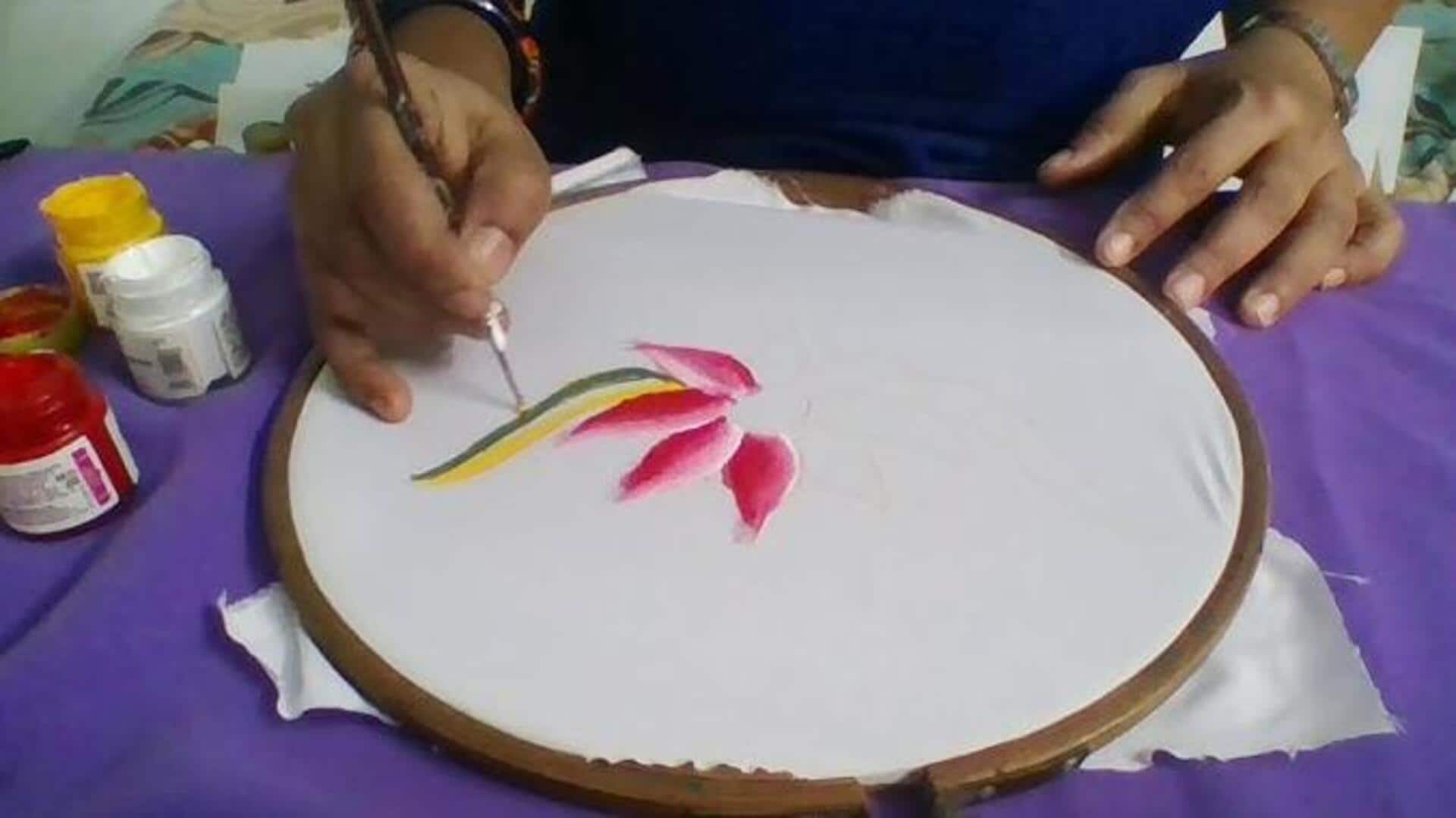
The delicate symphony of silk painting artistry
What's the story
Silk painting combines the delicacy of silk with the vibrancy of paints, resulting in truly beautiful art. It originated in Asia and involves the application of pigments on textile materials to produce smooth, brightly-colored works. This comprehensive guide covers everything from choosing the right materials to mastering techniques, making it a valuable resource for artists at any level.
Materials
Choosing the right materials
Choosing the right materials is key in silk painting. High-quality silk fabric: It should be smooth and tightly woven for the best results. Specialized silk paints or dyes: These ensure even application on the fabric without excessive bleeding. Brushes: Soft enough to prevent damaging the silk but firm enough for paint control. Ultimately, these fundamental materials significantly impact the quality of the artwork.
Preparation
Preparing your canvas
Priming your silk canvas before painting is crucial. Pre-washing the fabric eliminates impurities that could hinder dye absorption. Stretching the silk on a frame provides a taut surface, eliminating wrinkles and enabling easy brush movement. Applying a stop-flow primer or gutta resist outlines confines the dye flow, producing crisp boundaries between colors and shapes - necessary for detailed work.
Techniques
Mastering silk painting techniques
Different silk painting techniques offer unique effects. The Serti technique employs gutta as a resist to prevent dye blending. Watercolor technique allows for dye blending to create gradients, salt can be used to generate texture, and alcohol can be applied to establish patterns. These techniques enable a wide range of artistic possibilities on silk.
Color theory
Exploring color theory in silk painting
Mastering color theory is crucial in silk painting. It helps you select colors that will harmonize beautifully on your canvas. Knowing how colors mix prevents unwanted muddy colors when different shades accidentally blend. Trying different color schemes (analogous or complementary) can improve the visual interest and depth of your artwork.
Tips
Practical tips for beginners
Start small: If you're a beginner, start with small silk pieces before moving on to larger projects. Try different brushes and dyes: Experiment with various brushes and dyes to find what works best for your style. Test your colors: Always conduct color tests on a separate fabric piece, as colors may change when dry. Be patient: Ensure each dye layer fully dries before applying the next. Patience is key!